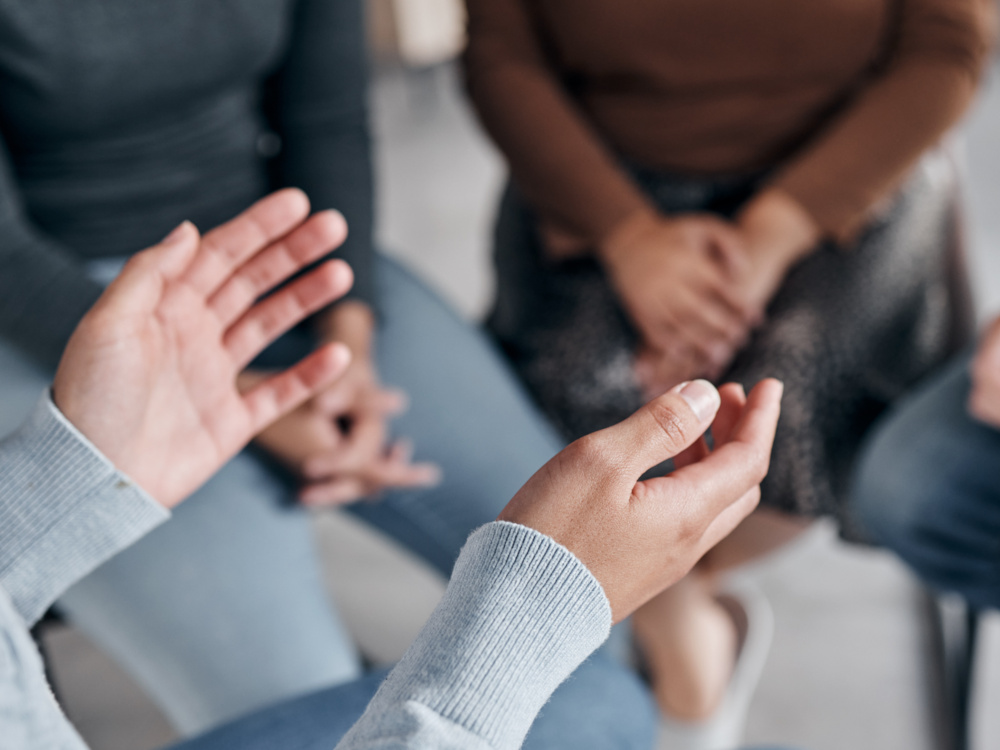More money and beds. Or a way of thinking differently about mental health care?
by Keith Bryant
Late last year I received an email from a GP in our network who is working in NSW.
He had taken the time to carefully synthesise the World Health Organisation’s (WHO) Community Guidance on mental health services which highlights examples from around the world where communities, services, hospitals, networks, homes, institutions and support groups are collaborating with people and families in innovative and inspiring ways. They are driving change in how mental health care is thought about and delivered.
A key point in his letter was the realisation that while Finland, Kenya, Brazil, Burma and many other regions all have solid stories of success with community-based and recovery-focused mental health care that respects people’s agency and rights, sadly, Australia has not been included in this publication with any examples.
The words ‘broken’ and ‘crisis’ are now regularly attached to descriptions of Australia’s mental health system across a growing number of reports, reviews and mainstream media articles. There is more than room for improvement. But more of the same solutions simply scaled up is clearly not going to shift the dial.
You can’t fix something by making it larger. You have to change it.

Professor Allan Fels was quoted in the Australian late last year (Dec 6th) as saying ‘Despite heroic efforts by countless individuals, the overall system of mental health is in crisis everywhere and at every level, for all ages and for all levels of intensity, from mild to severe, but especially for persons at the severe end.’
And as I read the recently published ANU report (with The Australian) Don’t Walk By I am struck by this summation:
‘The findings from all these comprehensive reviews…paint a picture of a national system for Australians that is overwhelmed, poorly coordinated, under-resourced, and not responsive to the needs of hundreds of thousands of people and their families. A system operating in crisis mode.’
The problems across our mental health system are well documented, but we also have a growing evidence-base that supports a very different way of working in mental health. This excites me in my role as CEO of Open Dialogue Centre and also in the work I’ve been involved in with over 20 years with young people experiencing homelessness.
It is my hope that through ODC’s network and this blog forum we can start raising awareness and having conversations about what we could do to change the system by doing things differently and leveraging a new evidence-base that supports the aspiration of those who work in mental health and wellbeing – from youth and mental health services to schools and communities – to create the conditions for people to thrive.
The World Health Organisation outlines a clear objective (in its mental health plan):
To provide comprehensive, integrated and responsive mental health and social care services in community-based settings.

We know that most people’s mental health is impacted by what is going on in their lives – factors that need to be addressed in a way that involves strategies for listening, learning, recovery, compassionate care, reducing stigma, and promoting early identification and prevention pathways. But implementing ways to honor these principles is challenging when the system is in crisis. Leaders may think there is no room to innovate and trial new approaches. The workforce gets burnt out because they are not supported to provide responses that are truly person-centered and rights-based.
In its 2013-2030 plan WHO defines health as ‘A state of complete physical, mental and social well-being and not merely the absence of disease or infirmity.”
For the last three years, the Open Dialogue Centre has been meeting and working with people in mental health services, communities and schools to develop and strengthen the role that community networks can play in mental health care – meaning families, carers, friends, schools and services can work in coordinated and compassionate ways so that people have culturally safe and trusted environments to access support – when and where they need it, and before the crisis hits.
Interestingly, Open Dialogue aligns with the way WHO describes Community-based service delivery for mental health saying:
‘It needs to encompass a recovery-based approach that puts the emphasis on supporting individuals… to achieve their own aspirations and goals. The core service requirements include: listening and responding to individuals’ understanding of their condition and what helps them to recover; working with people as equal partners in their care; offering choice of treatment and therapies, and in terms of who provides care; and the use of peer workers and supports, who provide each other with encouragement and a sense of belonging, in addition to their expertise. In addition, a multisectoral approach is required whereby services support individuals, at different stages of the life-course and, as appropriate, facilitate their access to human rights such as employment (including return-to-work programmes), housing and educational opportunities and participation in community activities, programmes and meaningful activities.’
World Health Organisation, Comprehensive Mental Health Action Plan, 2013-2030
I have no doubt that soon we will be describing evidenced-based examples of community-based mental healthcare in Australia, using Open Dialogue as a way to prise open the potential for change and then enable communities to see it through.
WHO has a clear target for 80% of countries to have doubled the number of community-based mental health facilities, by 2030. Let’s make sure Australia is right there.


